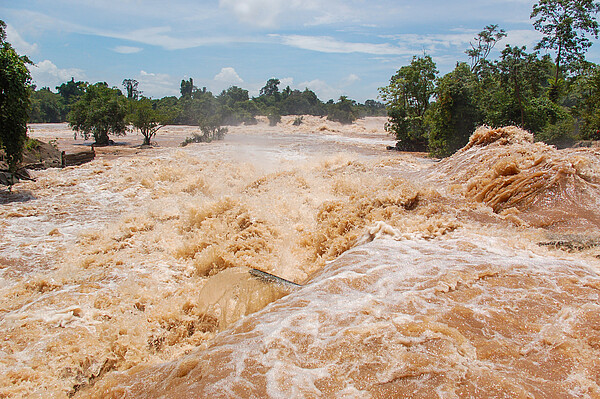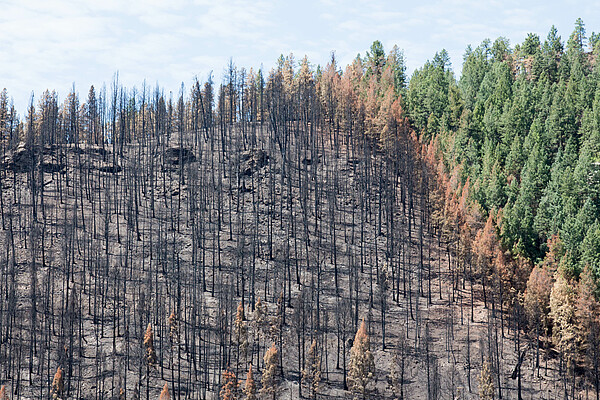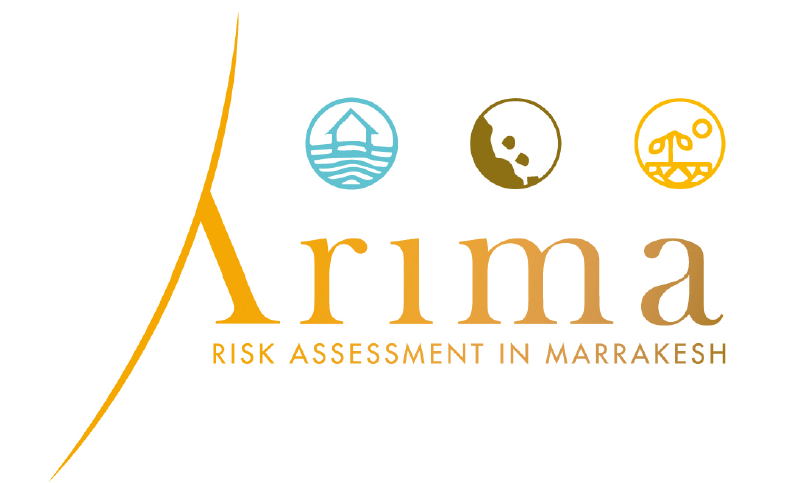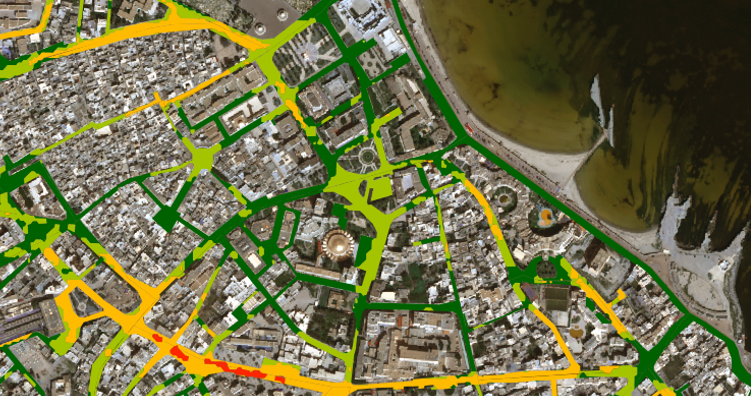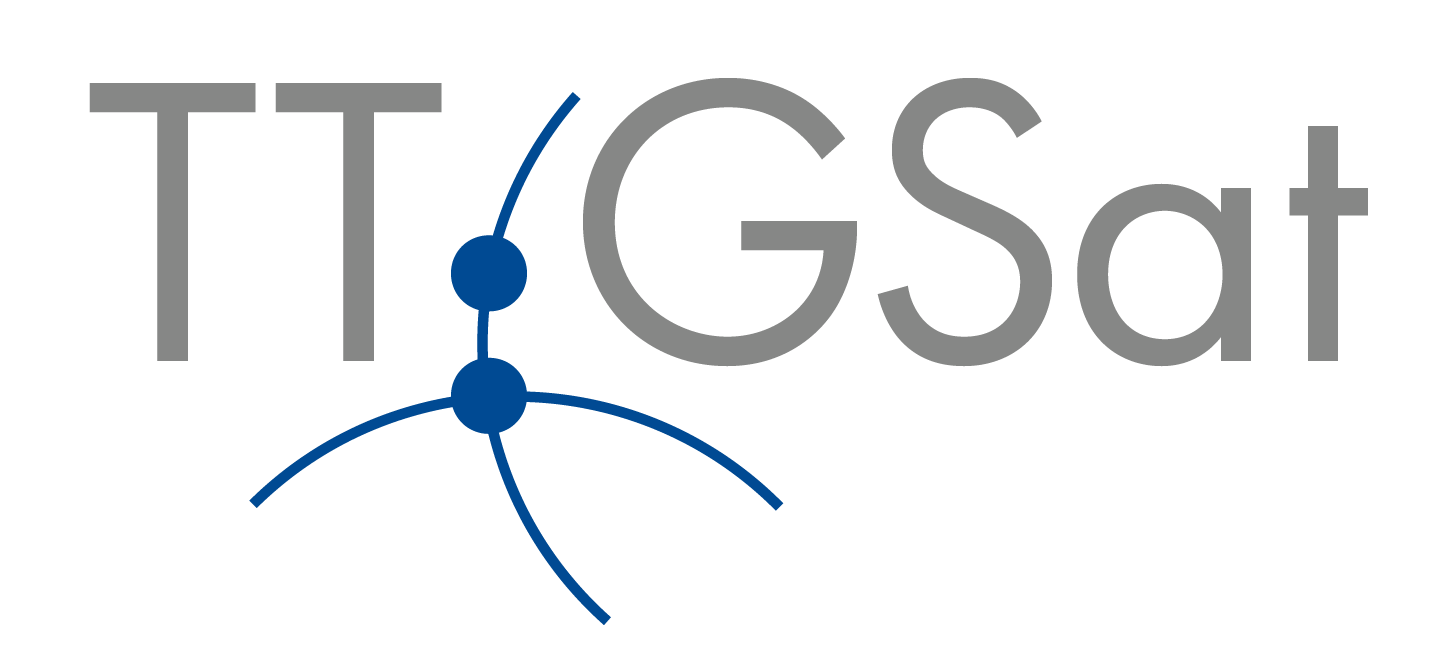Katastrophenmanagement europaweit
We support effective disaster and crisis management - in Europe and worldwide.
This is done in particular through the Copernicus Emergency Management Service (CEMS) within the Copernicus programme and through Union Civil Protection Mechanism (UCPM) programmes.
CEMS - Copernicus Emergency Management Service*
* The Service in Detail: Copernicus Emergency Management Service
This Copernicus services support disaster and crisis management authorities and organisations in the coordination and management of natural hazards such as (flash) flood, forest fire, drought, earthquake, erosion and landslide, or volcanic eruption. CEMS further focuses on human-made disasters (e.g. transportation accidents) or humanitarian crises (e.g. refugee movements, reconstruction monitoring).
The early warning and monitoring component provides real-time information on selected topics: forest fires, short-term forecasts on floods and a monitoring and early warning system related to drought across Europe and globally.
The on-demand mapping component supports participating actors with highly up-to-date and accurate geo-information in the event of a disaster.
IABG supports CEMS in the mapping component, covering all phases of the crisis management cycle. The implementation is based on the two service levels
Rapid Mapping
The 24/7 Service to support emergency management activities and actions during or immediately after an event.
Risk & Recovery Mapping
Support to disaster management activities, including the phases of prevention, preparedness, risk reduction and recovery.

